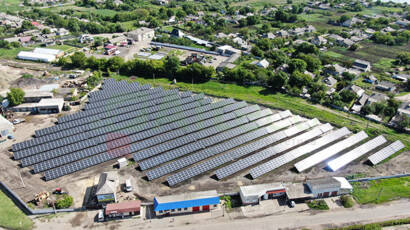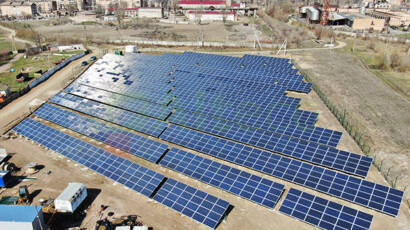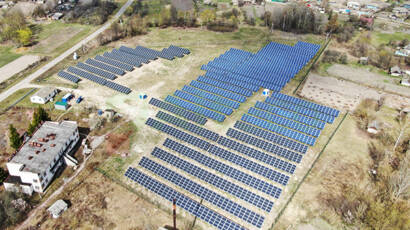EUROPE MAKES 2021 YEAR OF THE GREEN DEAL
The European Union is rolling out the world’s first set of laws, rules and policies to force not just the 27-nation bloc in Europe to cut back carbon emissions, but perhaps drag the rest of the world along too.
It’s called the European Green Deal and it aims to lay the ground for a new financial and political paradigm based around fighting climate change by forcing businesses and societies to move toward renewable, and still-developing, energies such as hydrogen, solar, wind and biomass.
Importantly, the Green Deal is underpinned by a recently approved “climate law” that binds the hands of unwilling politicians too: Cutting emissions is now a legal requirement under EU law.
The July 14 package of climate rules – and tougher revisions to existing regulations – is expected to be extensive. The EU is looking at charging a controversial tax on some foreign goods, such as steel and fertilizer, coming from places not doing their part to reduce carbon emissions – a so-called “carbon border adjustment tax.” Additionally, it is looking at raising even further fuel standards for vehicles, ships and airplanes, which could lead to increased taxes on low-grade fuels.
 The EU also is introducing new financial mechanisms to penalize businesses and even building owners for their emissions and encouraging climate-friendly investments. Meanwhile, the EU is devising new standards to determine what investments – both public and private – can be labeled as sustainable and green.
The EU also is introducing new financial mechanisms to penalize businesses and even building owners for their emissions and encouraging climate-friendly investments. Meanwhile, the EU is devising new standards to determine what investments – both public and private – can be labeled as sustainable and green.
Experts say this package of new laws and rules reflects the urgency people in Europe, but also around the rest of the world, feel about climate change. Europe, like every region on the planet, is reeling from the effects of climate change, which include more frequent flooding, heat waves, drought, glacier melting, intense storms and a loss of biodiversity.
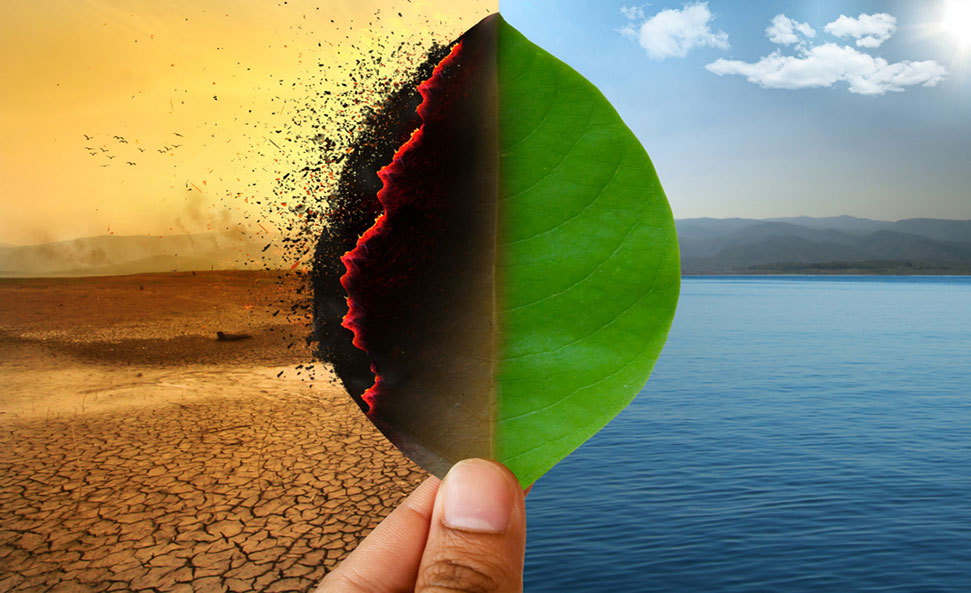 Following years of intense debate and growing anxiety over global warming, the EU’s legislative model for tackling climate change could become a suite of best practices for the rest of the world to want to follow – or possibly be forced to swallow if they want to sell their products in Europe.
Following years of intense debate and growing anxiety over global warming, the EU’s legislative model for tackling climate change could become a suite of best practices for the rest of the world to want to follow – or possibly be forced to swallow if they want to sell their products in Europe.
In drafting such globally significant legislation, Europe is using what’s known as its soft power – the “Brussels effect.” Europe, the world’s largest single market, prides itself on setting global standards and these climate change laws seek to do just that. They put Europe at the forefront of scientific and political efforts to solve the climate change quandary, one of the world’s most complicated puzzles.
On June 24, the Green Deal got a kind of official kickoff when the European Parliament approved the so-called European Climate Law, which makes it a legal requirement for all of 27 nations of the EU to reduce carbon pollution.
The climate law mandates a net 55% reduction in carbon emissions by 2030 in the EU rather than the minimum 65% cut advocated by environmentalists. Under the law, the EU is also required to become climate neutral by 2050. Climate neutrality is a term used to designate when the activities of a company, a nation or even a person are not adding to global warming. Defining climate neutrality is tricky and contentious.
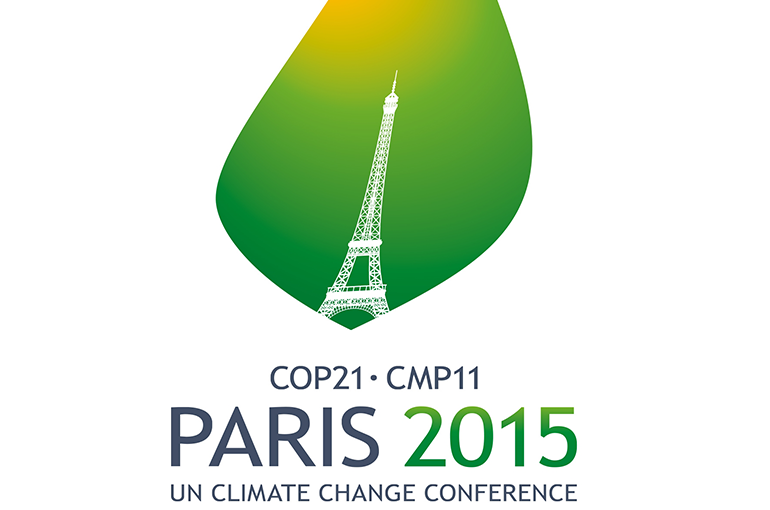 The European climate law is an offshoot of the Paris Agreement, the landmark treaty signed by 196 nations during a pivotal United Nations climate change summit held in 2015 at Le Bourget, a military airport and aviation hub outside Paris. In signing the Paris Agreement, world leaders agreed to become legally required to reduce carbon emissions and stop the planet from warming beyond 2 degrees Celsius above preindustrial levels by 2050.
The European climate law is an offshoot of the Paris Agreement, the landmark treaty signed by 196 nations during a pivotal United Nations climate change summit held in 2015 at Le Bourget, a military airport and aviation hub outside Paris. In signing the Paris Agreement, world leaders agreed to become legally required to reduce carbon emissions and stop the planet from warming beyond 2 degrees Celsius above preindustrial levels by 2050.
The EU’s Green Deal likely will feature prominently when world leaders meet in Glasgow for the annual U.N. climate change conference in November and lay out new commitments to reduce heat-trapping gas emissions. There are high expectations for the Glasgow conference. China and the United States, among others such as the United Kingdom and Indonesia, are crafting their own new climate policies.
The set of laws and rules behind the Green Deal, therefore, is designed to force the EU to both reduce its emissions by increasing its renewable energy supply and meet its obligations under the Paris Agreement. In theory, other regions of the world will need to implement similar legally binding plans to cut carbon emissions in order to fulfill the mandates under the Paris Agreement.
Each EU state will be allotted loans and grants from the recovery fund with a large portion of the funds slated to go toward green projects.

